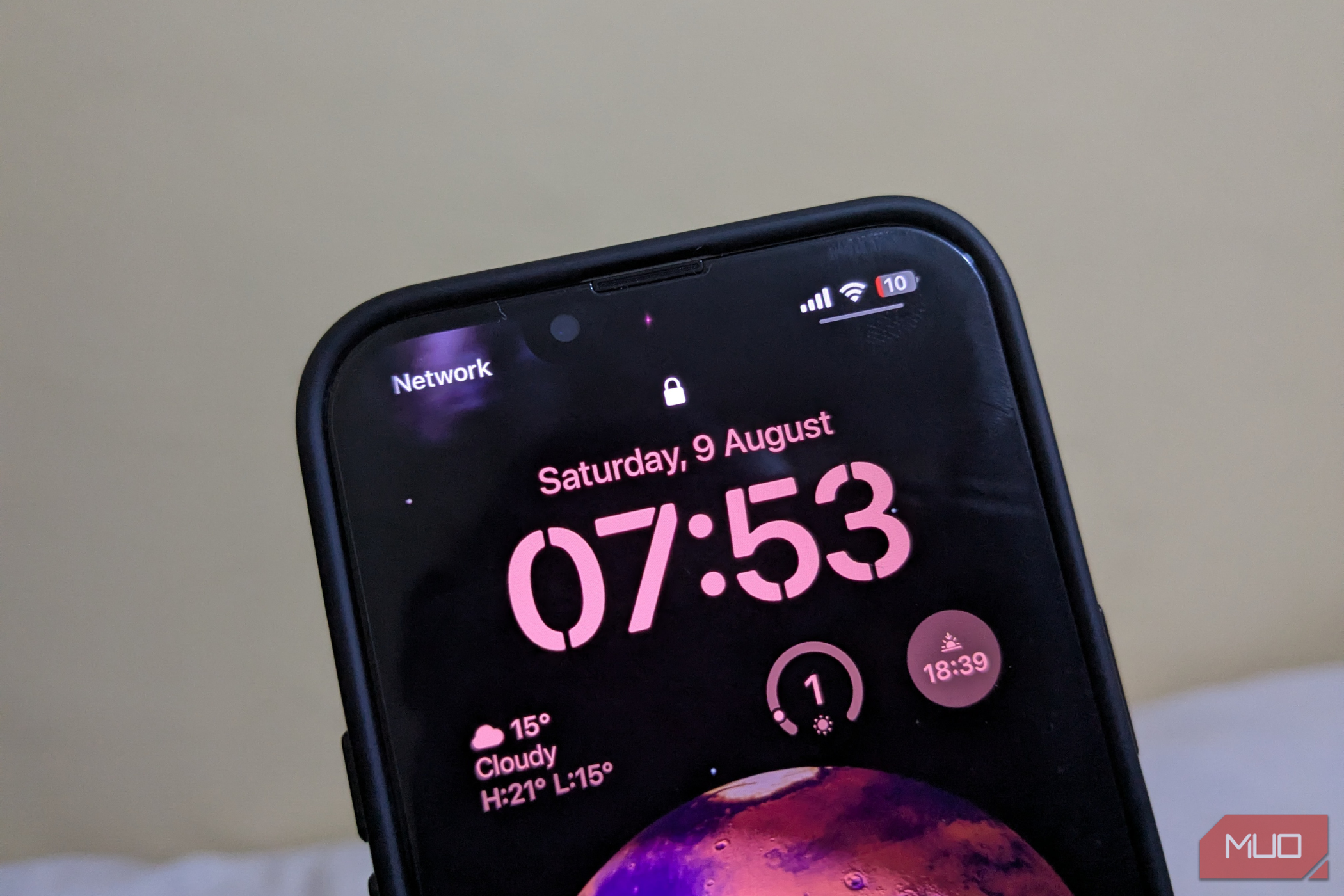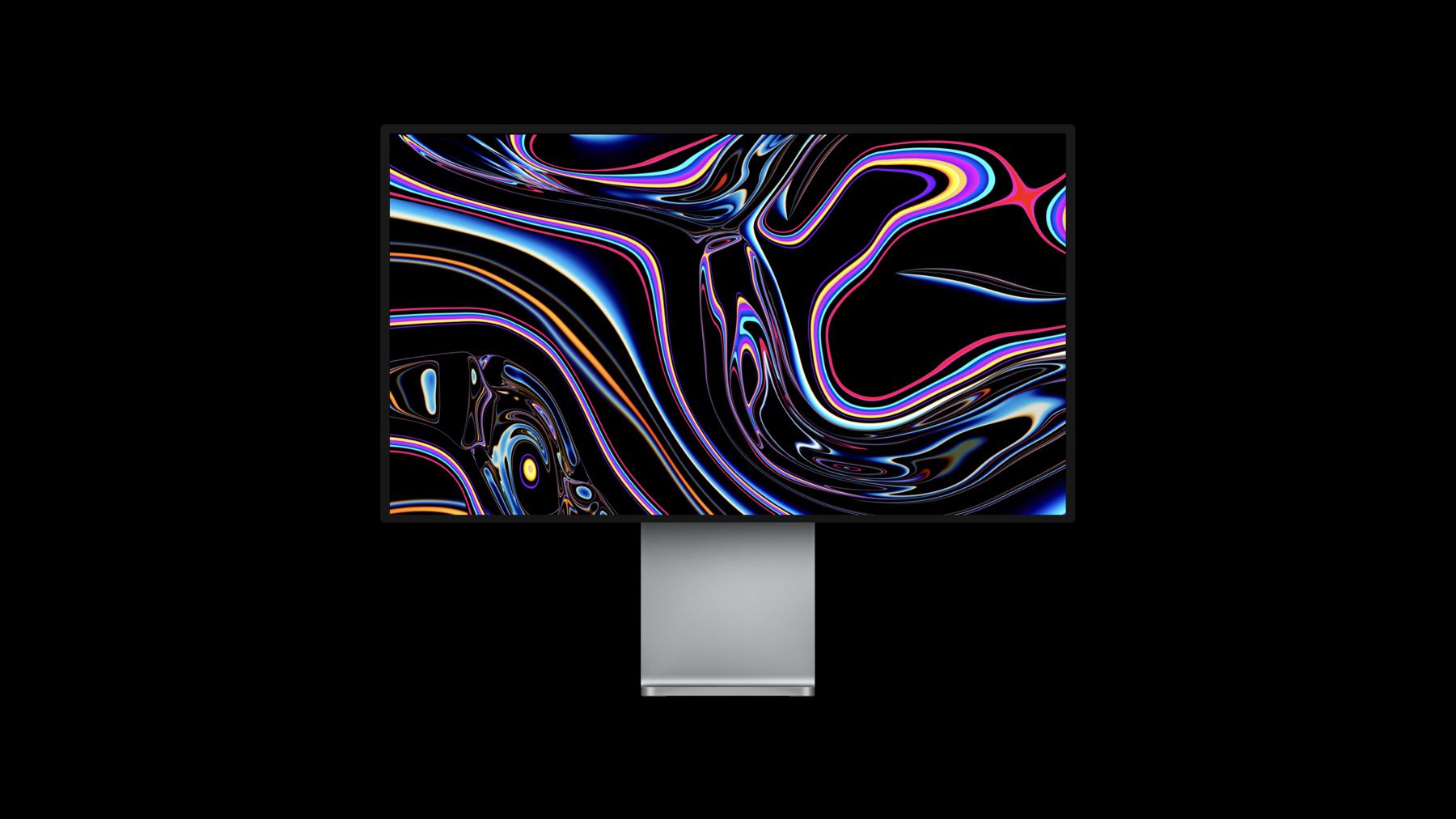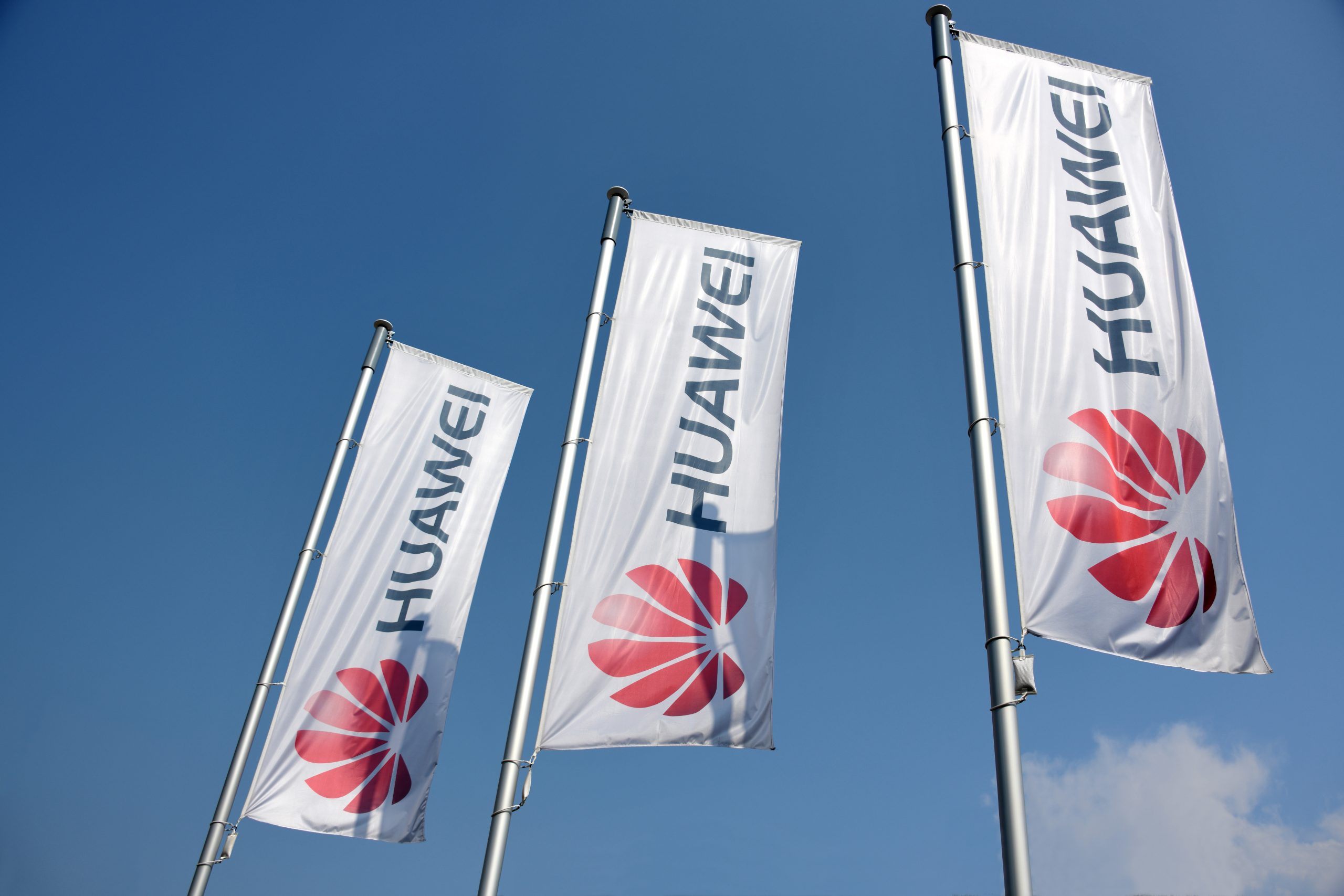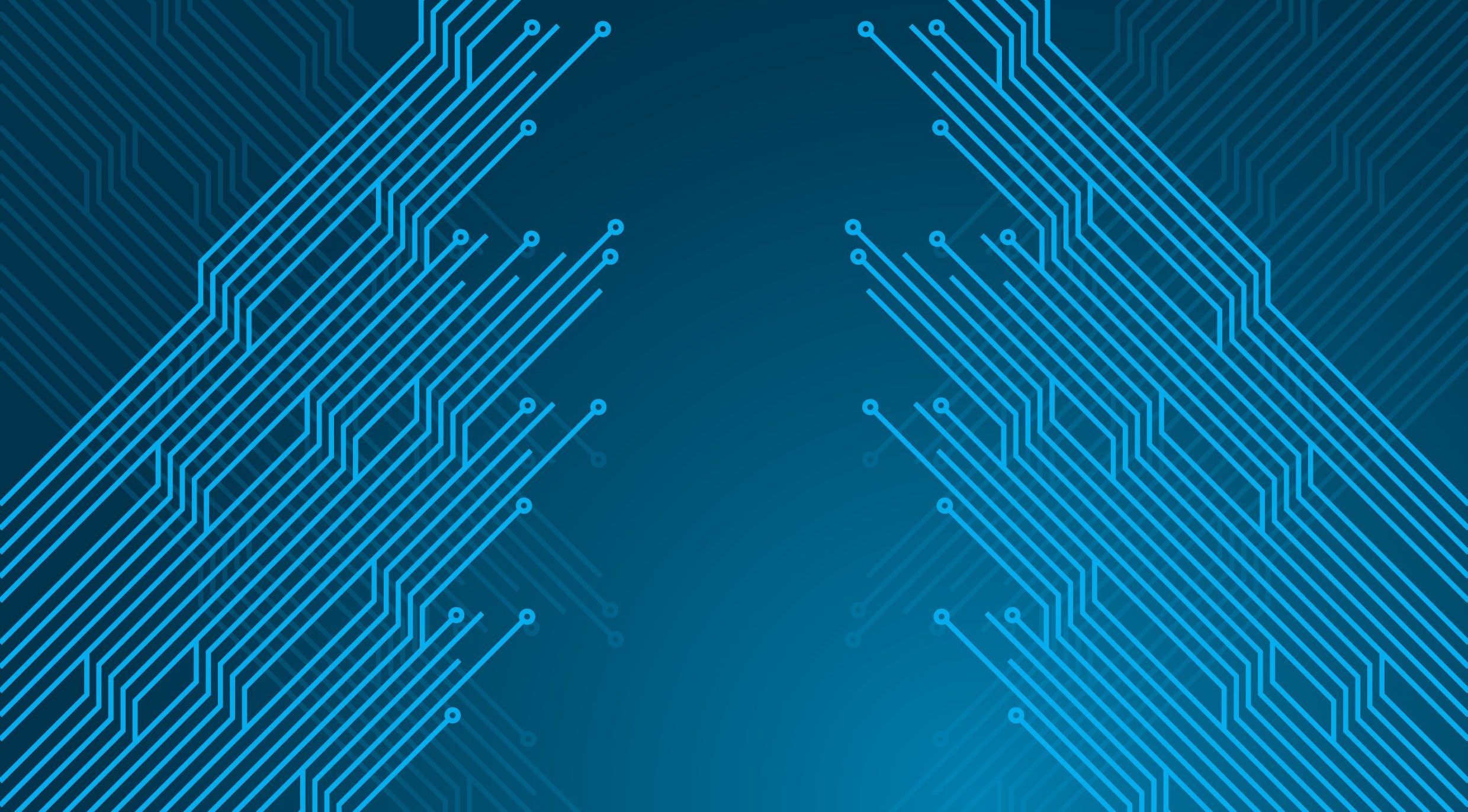Your iPhone’s battery never seems to last as long as you want it to. But with a few smart tweaks, you can stretch its life noticeably without changing how you use your phone.
5
Using Dark Mode All the Time
Turning on dark mode can extend your iPhone’s battery life because it reduces the amount of power your screen needs to stay lit. That’s thanks to the OLED display found on modern iPhones.
Unlike older LCD panels, which use a backlight to illuminate every pixel on the screen, OLED displays light up each pixel individually. This means that when your screen shows black, those pixels are essentially turned off, using little to no power.
As a result, having dark mode enabled means more of your screen is showing darker colors in most apps, which leads to less energy consumption and better battery life over time.
The tradeoff is that OLED screens aren’t quite as easy to read in direct sunlight when displaying dark colors, so legibility can take a slight hit outdoors. But overall, it’s a small compromise for the extra hours of usage you can squeeze out of your battery.
While I haven’t noticed a huge difference in battery life between light mode and dark mode on newer iPhones, it has made a noticeable impact on older models (like the iPhone 13) in my experience.
4
Changing My Most-Used Apps
Changing your default apps can also make a big difference in battery life, especially for the ones you open the most. A good example is your browser, where Chrome uses a lot more battery than Safari.
Since browsing is something most of us do constantly on our phones, it’s worth sticking to Safari or even Firefox, as per our iPhone browser battery test.
I have generally found Google’s apps to be some of the worst offenders when it comes to draining battery. For example, Gmail and Google Maps tend to run heavier in the background compared to Apple’s built-in apps.
Instead, switching to Mail or Apple Maps (which has vastly improved in recent years) has made my phone last longer without me changing much else.
3
Turning Off Optimized Battery Charging
This may sound a bit odd, but I actually recommend turning off the Optimized Battery Charging feature on your iPhone. This feature is designed to learn your charging habits and slow down charging after 80%, only topping up to 100% when it thinks you will need it.
The idea is to reduce the time your battery spends at full charge and improve long-term health. In practice, though, it’s extremely inconsistent. More often than not, I wake up with my iPhone stuck at 80% even on days when I need a full charge, and sometimes it charges up to 100% when I don’t need that at all.
If your priority is making your battery last throughout the day, you’ll probably want to keep this feature off.
Repeatedly charging your iPhone to 100% and draining it down to zero can wear out the battery health faster over time.
That said, in order to maintain your battery health while getting a full charge when you need it, I recommend manually setting a charge limit and only pushing it to 100% when you know you’ll need the extra juice.
2
Turning On Low Power Mode Permanently
I also recommend turning on Low Power Mode and keeping it enabled as much as possible. This cuts down on all the power-hungry features to squeeze as much life from a charge as possible.
For example, performance is reduced by around 40–50%, 5G is disabled, the screen brightness and refresh rate are lowered, and background app refresh is turned off. All of this adds up to a noticeable boost in battery life.
Whether you should keep it on all the time depends on how you use your iPhone. If you mostly use it for everyday tasks like calls, messaging, browsing, and social media, Low Power Mode is barely noticeable and can stretch your battery a lot further.
On the other hand, if you play a lot of games, do video editing, or use demanding apps, you may find the performance drop unbearable.
The only annoyance is that Low Power Mode automatically turns itself off once your phone charges past 80%. Thankfully, you can get around this by using an automation that forces Low Power Mode to stay active all the time.
1
Adjusting Location Settings
You should also check which apps and system services have access to your location, since GPS can drain a lot of battery. Many apps and services can track your location in the background, which adds up over time. I’m not suggesting turning off Location Services completely, because a lot of crucial functions (like navigation) rely on it. But it’s worth trimming down unnecessary access.



To do this, open the Settings app, go to Privacy & Security > Location Services, and review the list of apps that have location access. For apps that don’t need it, tap them and change the setting to Never.
You should also scroll down to System Services in the same menu and turn off location access for any services you don’t use, like iPhone Analytics. If you’re unsure what a service does, it’s usually best to leave it on.
None of these settings will double your battery life on their own, but using them together has made a real difference for me. I can usually get an extra two to three hours out of my iPhone without changing how I use it.
If you’re on a newer iPhone, you probably won’t notice much of a difference. But on older models with a worn-out battery, the impact is much bigger.














